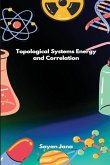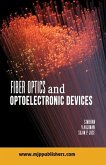Raman spectroscopy is a powerful analytical technique that can be used for the quantitative analysis of biomolecules. This technique is based on the interaction of light with matter, where a laser beam is used to excite the molecular vibrations in a sample, and the scattered light is detected and analyzed. Raman spectroscopy provides information about the chemical composition and structural features of biomolecules, such as proteins, nucleic acids, lipids, and carbohydrates, which can be used for quantitative analysis.In order to perform quantitative analysis using Raman spectroscopy, a calibration curve is typically constructed using a set of standards with known concentrations of the biomolecule of interest. The Raman spectra of the standards are then measured and analyzed to determine the correlation between the intensity of the Raman signal and the concentration of the biomolecule. Once the calibration curve is established, the Raman spectrum of an unknown sample can be measured and the concentration of the biomolecule can be determined by comparing its Raman signal intensity to the calibration curve.The accuracy and precision of quantitative analysis using Raman spectroscopy depend on several factors, including the quality of the calibration standards, the reproducibility of the Raman measurement, and the spectral interference from other molecules in the sample. However, Raman spectroscopy offers several advantages over other quantitative techniques, such as its non-destructive nature, the ability to analyze samples in situ, and the lack of sample preparation required. Therefore, Raman spectroscopy has become an important tool for the quantitative analysis of biomolecules in a wide range of applications, including medical diagnostics, drug discovery, and biotechnology research.








